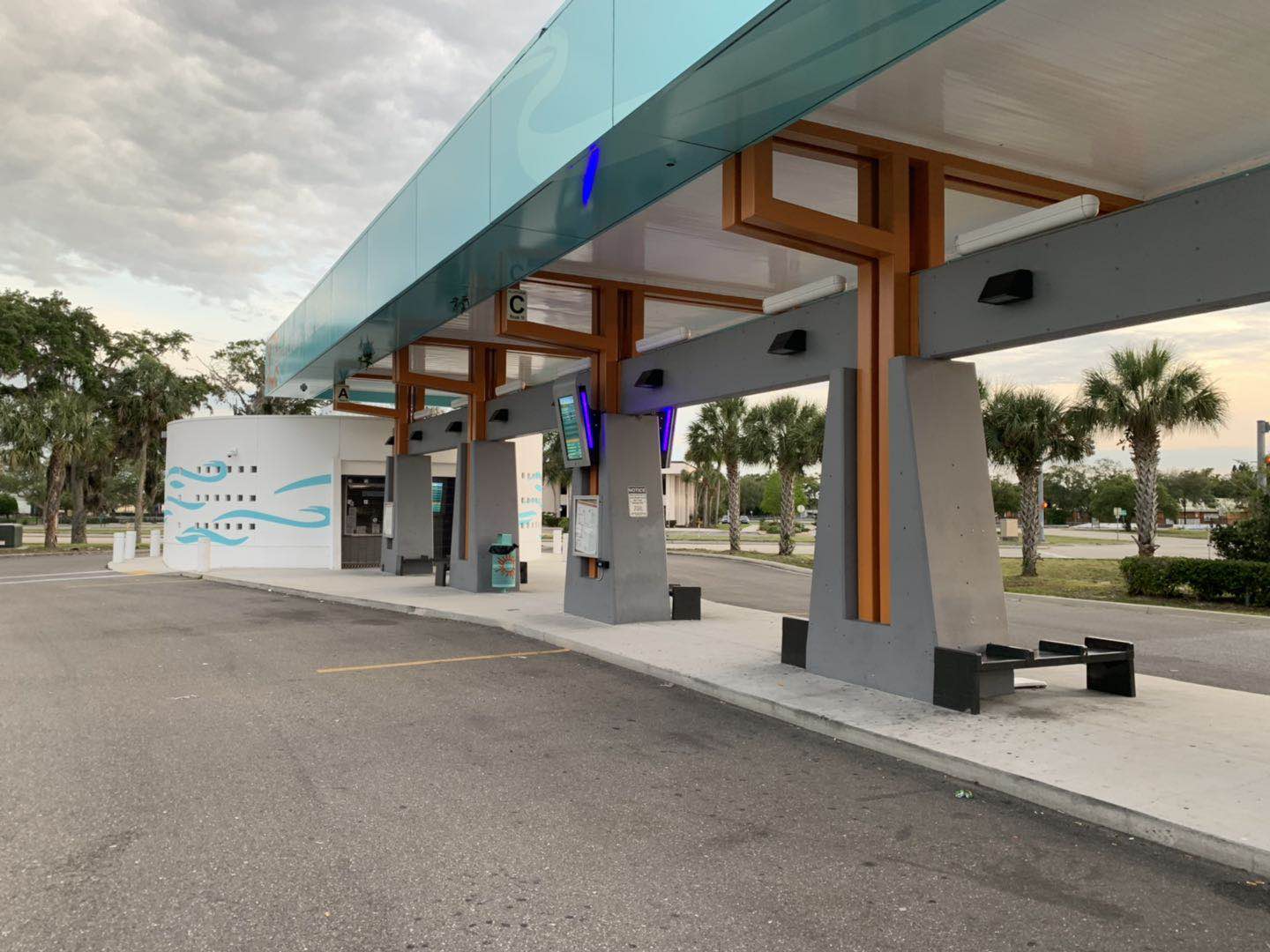Technology and Hardware for Outdoor Digital Signage
Technology and Hardware for Outdoor Digital Signage
Outdoor digital signage must be robust, reliable, and visually striking to capture the attention of passersby. The choice of display technology, brightness levels, protection against weather and vandalism, and connectivity options are all critical factors that determine the effectiveness and durability of outdoor digital signage. Below, we explore these aspects in detail.
Differences between LED, LCD, and OLED Displays for Outdoor Use
LED (Light-Emitting Diode): LED displays are ideal for outdoor signage due to their high brightness and durability. They are made up of panels of LEDs that emit light when an electric current passes through them. LED displays are excellent for large-format outdoor signs and are visible even in direct sunlight.
LCD (Liquid Crystal Display): LCDs are commonly used in both indoor and outdoor settings. They work by blocking or allowing light through liquid crystal-filled cells controlled by electric currents. Outdoor LCD displays require a backlight to be visible, which can make them less energy-efficient than LEDs. They also need additional brightness to be seen clearly in sunlight.
OLED (Organic Light-Emitting Diode): OLED displays function similarly to LEDs but use organic compounds to emit light. They offer superior contrast and viewing angles compared to LCDs and are thinner and more flexible. However, OLEDs are less common in outdoor settings due to their lower brightness levels and susceptibility to water damage.
Understanding Brightness Levels (Nits) and Visibility in Direct Sunlight
The brightness of a digital display is measured in nits. One nit represents the brightness of one candle per square meter. For outdoor displays, a brightness level of at least 700 nits is recommended for clear visibility in shaded areas, but for areas with direct sunlight, 2,000 to 5,000 nits or more may be necessary to ensure the content is easily readable.
Weatherproofing and Vandalism Protection for Outdoor Displays
Protection from the elements and vandalism is crucial for outdoor digital signage:

Weatherproofing: Outdoor displays should have an IP (Ingress Protection) rating that indicates their level of protection against solids and liquids. A rating of IP65 or higher is suitable for outdoor use, indicating that the display is dust-tight and protected against water jets.
Vandalism Protection: Tempered or laminated glass, as well as metal enclosures, can protect the display from vandalism. Additionally, positioning the display in a well-lit, highly visible area can deter potential vandalism.
Connectivity Options (Wired vs. Wireless) with Outdoor Digital Signages
The choice between wired and wireless connectivity for outdoor digital signage depends on the specific needs and constraints of the installation site:
Wired Connectivity: Offers a reliable and secure connection. Ethernet cables are commonly used to connect outdoor displays to a network, ensuring stable data transfer for content management.
Wireless Connectivity: Provides flexibility in placement and can reduce installation costs by eliminating the need for extensive cabling. However, wireless connections may be subject to interference and typically require robust security measures.
Choosing the right technology and hardware for outdoor digital signage is essential for creating an impactful and enduring advertising medium. LED displays are generally preferred for their brightness and durability, while ensuring high visibility in sunlight is key. Weatherproofing and protection measures are indispensable for maintaining the display's integrity, and the connectivity options should align with the installation environment and operational requirements. By carefully considering these factors, businesses can invest in outdoor digital signage that delivers both performance and longevity.
